Cucumbers (Cucumis sativus) are a popular summer vegetable grown in various garden spaces, from backyard to container gardens. One effective way to enhance cucumber growth and productivity while reducing pest and disease pressure is by employing companion planting techniques. Companion planting is the strategic placement of plants that can provide a range of benefits to one another.
This article will explore the best companion plants for cucumbers, their benefits, and how to implement companion planting in your garden.
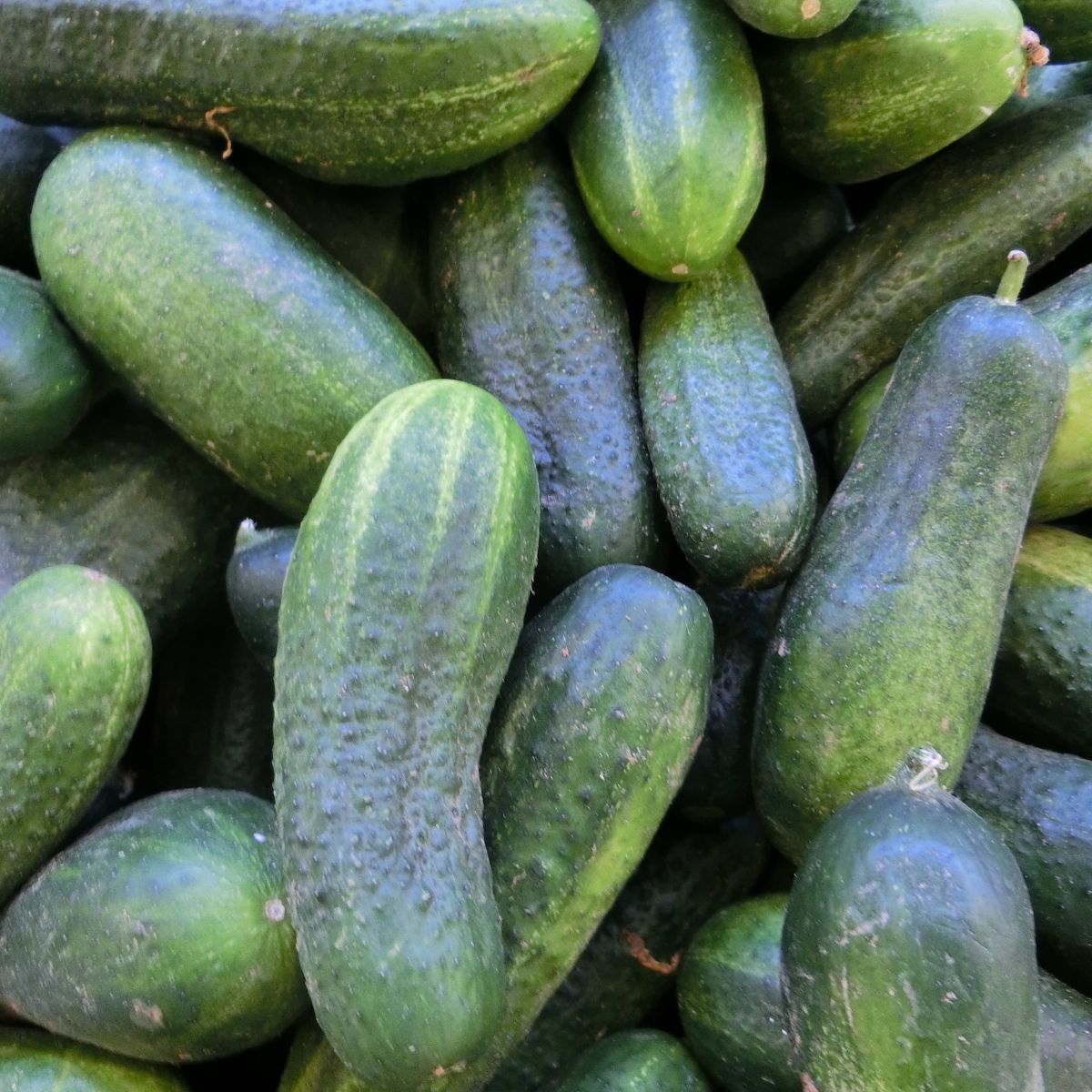
Read Next
Benefits of Companion Planting for Cucumbers
Companion planting offers a range of benefits to cucumbers, including:
- Improved growth and flavor: Some plants help cucumbers grow better by providing essential nutrients, fixing nitrogen, or stimulating growth through chemical processes.
- Pest control: Certain plants can deter pests, attract beneficial insects, or act as a trap crop for pests that might otherwise target cucumbers.
- Disease prevention: Some companion plants help reduce the risk of soil-borne diseases or improve air circulation, which can lower the risk of fungal infections.
Best Companion Plants for Cucumbers
Here are some of the most effective companion plants for cucumbers:
Legumes: Beans and peas
Beans and peas are legumes that fix nitrogen in the soil, providing a natural source of this essential nutrient for cucumbers. This partnership can lead to better growth and increased productivity.
Marigolds
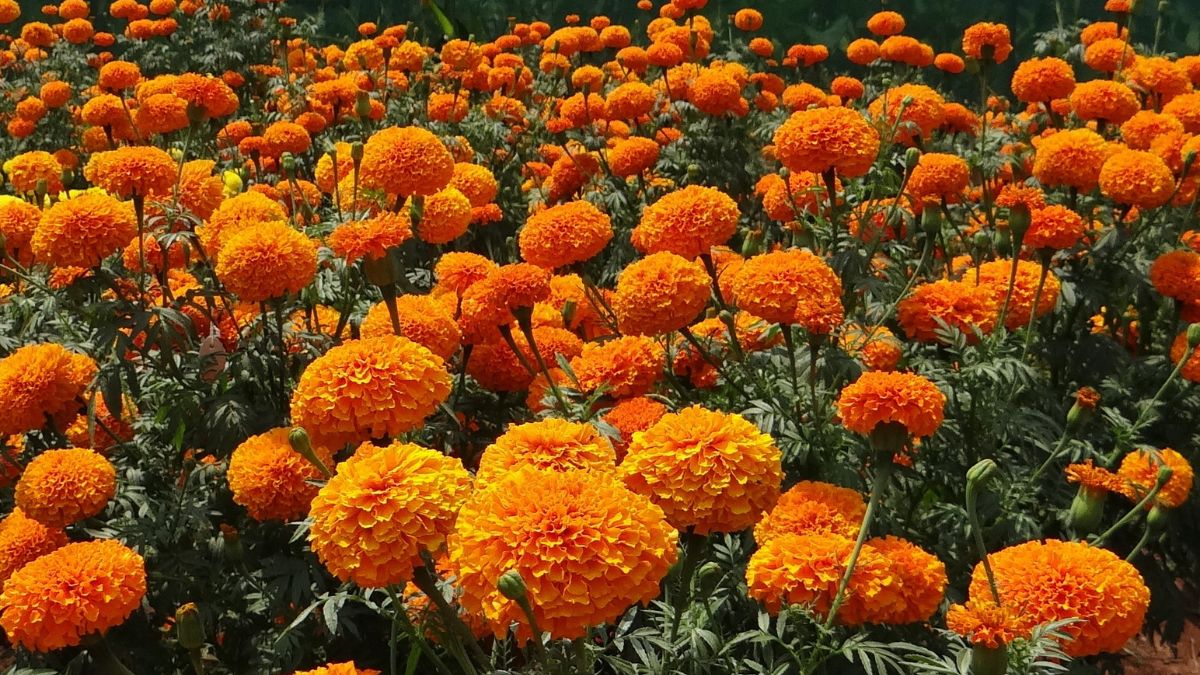


Marigolds are a popular companion plant for cucumbers because they help repel pests such as aphids, beetles, and nematodes. Additionally, marigolds are known to release a substance called alpha-terthienyl, which can suppress the growth of harmful nematodes in the soil.
Nasturtiums
Nasturtiums are a colorful addition to any garden and can serve as a trap crop for aphids, which are attracted to their bright blooms. They also repel cucumber beetles and squash bugs, two common pests for cucumbers.
Radishes
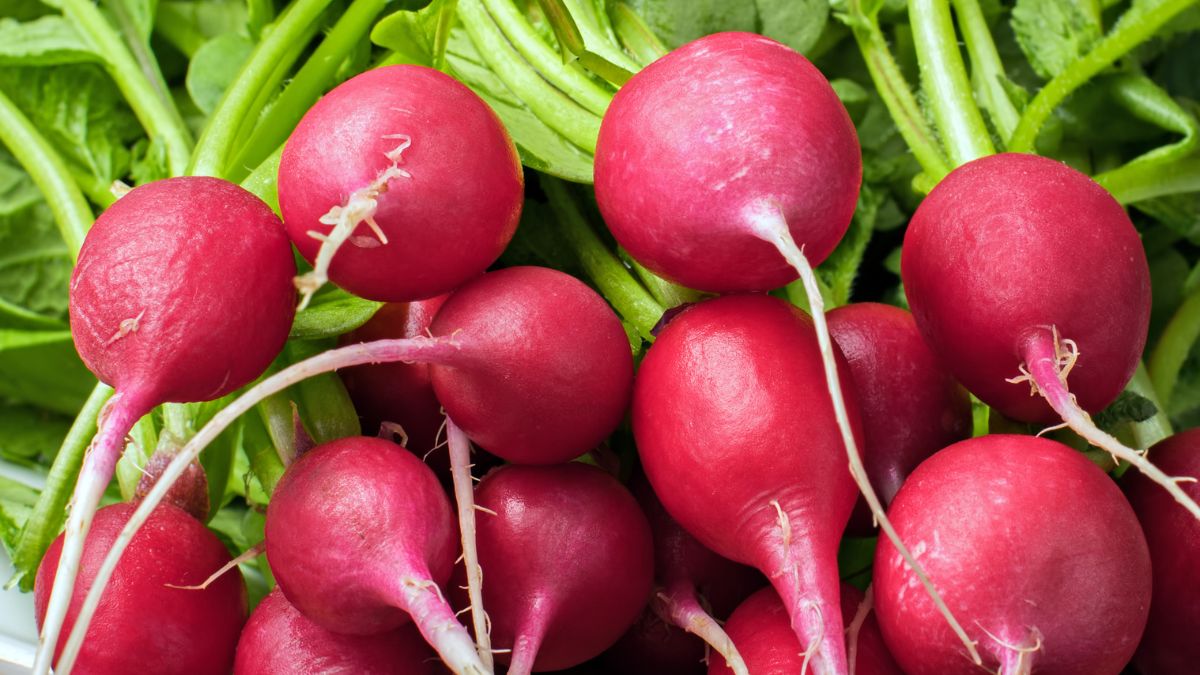


Radishes can act as a trap crop for flea beetles and other pests that might otherwise target cucumbers. Additionally, radishes can help loosen the soil around cucumber roots, improving aeration and drainage.
Dill
Dill is an excellent companion for cucumbers because it attracts beneficial insects, such as ladybugs and lacewings, which prey on pests that can damage cucumber plants. However, removing dill once it starts flowering is essential to prevent competition for nutrients.
Oregano
With its strong scent, oregano helps deter pests like cucumber beetles and squash bugs. It also attracts beneficial insects like parasitic wasps that can control cucumber pests.
Implementing Companion Planting in Your Garden
To implement companion planting for your cucumbers, follow these tips:
- Arrange companion plants near your cucumbers. Generally, a 12 to 18 inches distance is sufficient, but this may vary depending on the plant species.
- Choose various companion plants to maximize the benefits and create a more biodiverse garden ecosystem.
- Consider each plant species' growth habits and needs when planning your garden layout. This includes sunlight, water, and nutrient requirements.
- Monitor your garden for pests and diseases and adjust your companion planting strategy.
Table 1: Companion Plants For Cucumbers
| Companion Plant | Benefits for Cucumbers | Planting Tips |
|---|---|---|
| Legumes (Beans and Peas) | Fixes nitrogen in the soil, improving growth and productivity | Plant 12-18 inches apart from cucumbers |
| Marigolds | Repels pests (aphids, beetles, nematodes); suppresses nematode growth | Plant 12-18 inches apart from cucumbers; interplant throughout the garden |
| Nasturtiums | Acts as a trap crop for aphids; repels cucumber beetles and squash bugs | Plant 12-18 inches apart from cucumbers; use as border or interplant |
| Radishes | Acts as a trap crop for flea beetles; loosens soil around cucumber roots | Plant 12-18 inches apart from cucumbers; interplant throughout the garden |
| Dill | Attracts beneficial insects (ladybugs, lacewings); remove before flowering to prevent competition | Plant 12-18 inches apart from cucumbers; remove once it starts flowering |
| Oregano | Deters pests (cucumber beetles, squash bugs); attracts beneficial insects (parasitic wasps) | Plant 12-18 inches apart from cucumbers; use as border or interplant |
Conclusion
Companion planting is an excellent way to improve your cucumber plants' growth, flavor, and pest control. Incorporating plants like legumes, marigolds, nasturtiums, radishes, dill, and oregano into your garden can create a mutually beneficial environment promoting healthy cucumber growth.
This natural approach not only enhances the overall health of your garden but also reduces the need for chemical interventions, leading to more sustainable and eco-friendly gardening practices.
Additionally, companion planting contributes to increased biodiversity in your garden, which can lead to a more balanced ecosystem and improved overall plant health. Monitoring and adjusting your companion planting strategy to ensure the best results is important. By understanding the benefits and needs of each plant species, you can design a beautiful and productive garden, ensuring a bountiful harvest of cucumbers for your enjoyment.

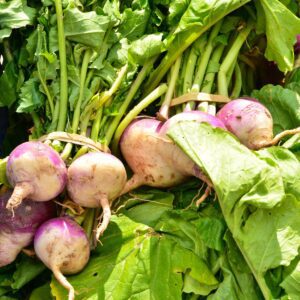


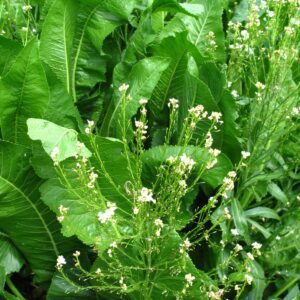
Comments
No Comments